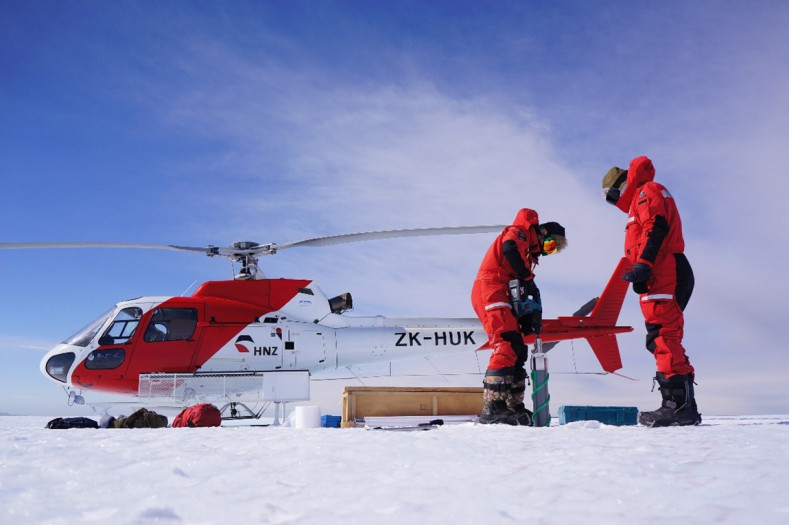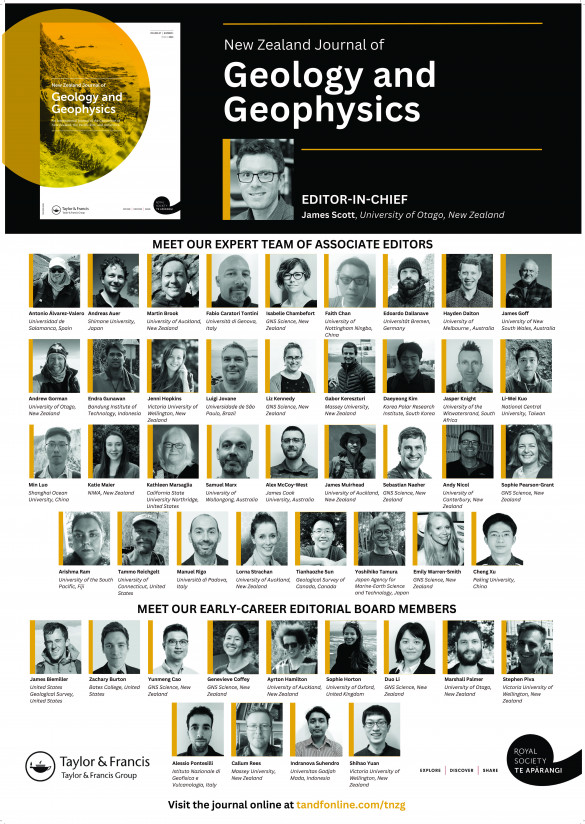News
Published 23 May 2024NZJGG call for papers: Special issue on Past, Present, and Future of the Antarctic Continent: Research Activities in Victoria Land, Antarctica

This special issue of the New Zealand Journal of Geology and Geophysics invites submissions with a primary focus on scientific research activities in Victoria Land, Antarctica.
The Antarctic continent preserves geological evidence of the Earth’s processes, including 1) climate and cryosphere evolution, 2) a range of tectonic events such as subduction and rifting resulting from the collision and separation of supercontinents. Victoria Land, within the Transantarctic Mountains (TAM), holds significant importance within the Earth System due to its geological and environmental features. The TAM in this region hosts abundant rock outcrops, resulting in diverse environments for polar ice such as the Styx Glacier, renowned for its prominent snow accumulation; the Drygalski Ice Tongue, exhibiting rapid ice flow; and the Ross Sea, characterised by seasonal sea-ice dynamics. A better understanding of these witnesses to critical tectonic events, reconstruction of ancient environments and ice dynamics approaches our current status of the Earth's evolution. Moreover, the rich geologic history of the Antarctic continent offers valuable insights into the potential for future global warming and tectonic developments.
This special issue entitled ‘Past, Present, and Future of the Antarctic Continent: Research Activities in Victoria Land, Antarctica’ is dedicated to showcasing recent advancements in research across various disciplines within Victoria Land, Antarctica. Our goal is to emphasise the breadth of recent progress and foster interdisciplinary approaches for future investigations in this region. We invite contributions spanning field observations, laboratory experiments, and numerical modelling, covering an array of topics related to the physical and chemical properties of ice, rocks and sediments. Submissions addressing a wide range of conditions, sizes, and temporal scales are encouraged, as we aim to explore the complexities of this unique environment comprehensively.
The New Zealand Journal of Geology and Geophysics, a Q1 journal in Geology (Clarivate Analytics, 2023), currently has an Impact Factor of 2.2. There are no page charges or publication fees under the traditional subscription-based publishing model. Furthermore, authors affiliated with any of the 42 universities in Australia and New Zealand or a growing range of global institutions, may be eligible to publish your articles Open Access at no cost to yourself.
Submission Information
Please send a preliminary title, indicative author list and a short descriptive paragraph outlining the scope of your proposed manuscript to the Managing Guest Editor Dr Daeyeong Kim at dkim@kopri.re.kr by 31 August 2024.
Authors will be notified of the result and formally invited for full submission by 30 September 2024, while the final submission deadline is 30 April 2025, with the aim of getting the special issue formally published in late 2025. Individual articles will be published online with a DOI before they appear in the special issue.
Acceptance for publication will depend on the outcome of the normal peer review process and authors meeting critical time schedules. It is important that your manuscript is prepared according to the Instructions for Authors of the New Zealand Journal of Geology and Geophysics.
The guest editorial team includes Prof. Jinho Ahn (Seoul National University), Dr Xiangbin Cui (Polar Research Institute of China), Prof. Hyangsun Han (Kangwon National University), Prof. Luigi Jovane (Universidade de São Paulo), Dr Daeyeong Kim (Korea Polar Research Institute), Dr Seung Hee Kim (Korea Polar Research Institute), and Dr Sebastian Naeher (GNS Science). Please direct any queries to the Managing Guest Editor.

Drilling of shallow ice sheet in Nansen Ice Sheet by a Korean Polar Research Project during the 2016–2017 Austral summer season. Image credit: Daeyeong Kim

